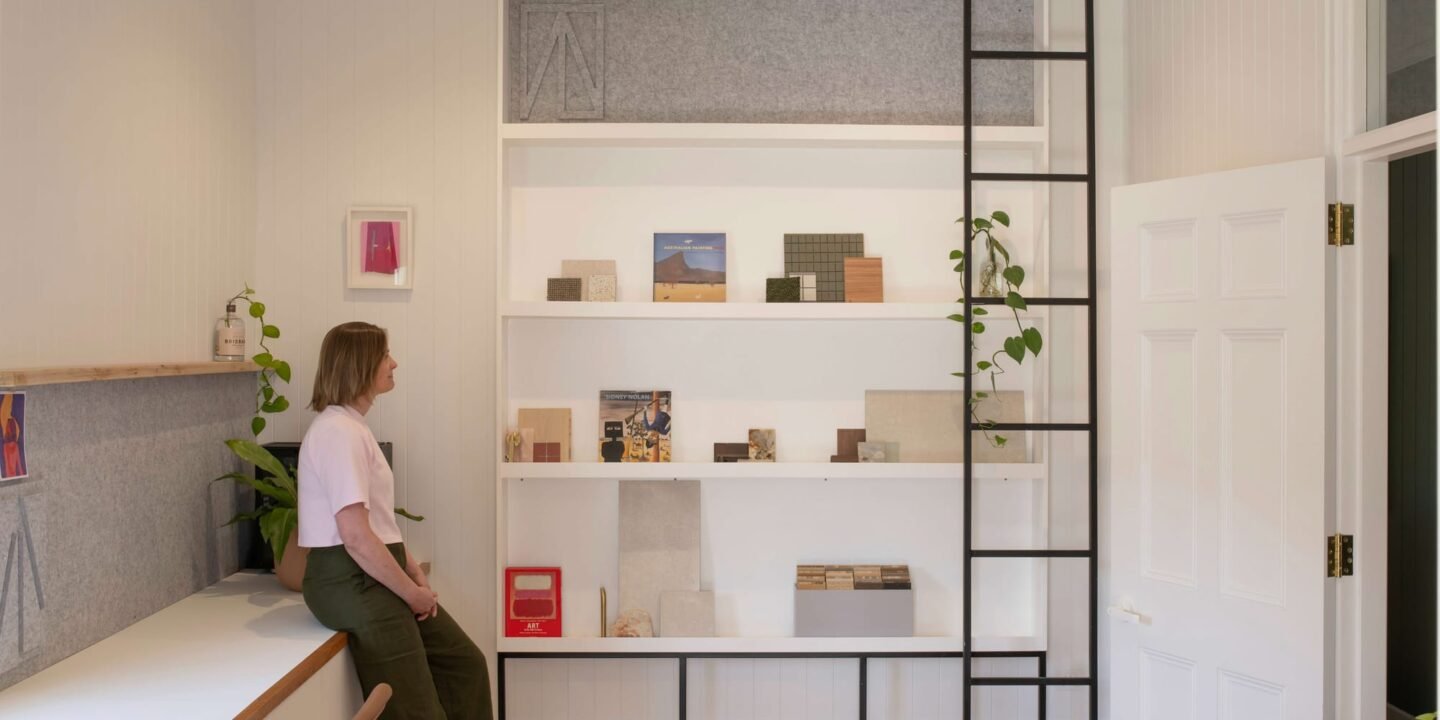
Introduction
When most people think about remodeling, they focus on the now—how a new kitchen, bathroom, or living room will look today. But the smartest homeowners think long-term. What if your home could grow with you? What if the upgrades you make today not only increase your comfort but also ensure your home is ready for life changes, technological shifts, and even the next generation?
That’s what future-proof remodeling is all about—creating a space that’s flexible, functional, and timeless, no matter how your lifestyle evolves. In this guide, we’ll explore how to remodel your home to stand the test of time, with interactive ideas you can start applying today.
Why Future-Proof Remodeling Matters
Homes are not static. Families grow, technology evolves, and needs shift. Without forward-thinking design, today’s renovation might feel outdated or impractical in just a few years. Future-proofing helps you:
- Save money long-term (fewer renovations down the road).
- Increase property value (buyers love versatile, modern homes).
- Live comfortably (your home adapts to your lifestyle instead of the other way around).
- Stay sustainable (eco-conscious upgrades reduce waste and utility bills).
Step 1: Plan for Flexibility in Every Room
Future-proofing starts with flexible spaces.
- Open layouts with partitions: Create open spaces that can be divided with sliding doors, folding walls, or movable partitions. Your dining room today could be a home office tomorrow.
- Multipurpose rooms: Think guest bedroom + office combo, gym + storage space, or playroom + study area.
- Furniture that adapts: Murphy beds, modular sofas, fold-out desks, and expandable dining tables save space and make rooms more versatile.
🔹 Interactive Idea: Try using free design tools like Roomstyler or Planner 5D to redesign a single room in two different ways—then decide how your remodel could support both uses.
Step 2: Incorporate Aging-in-Place Features
Even if you’re not planning on retiring soon, designing with accessibility in mind makes sense. Features like:
- Wide doorways and hallways for wheelchairs, strollers, or moving large furniture.
- Walk-in showers with no thresholds, built-in benches, and slip-resistant tiles.
- Lever-style handles instead of knobs—easier for all ages to use.
- First-floor bedrooms or flex rooms for long-term convenience.
These upgrades don’t just support aging-in-place—they also make your home more marketable to buyers later on.
Step 3: Embrace Smart Technology
Smart homes are no longer futuristic—they’re here. But tech evolves quickly, so choose systems that are flexible and upgradeable.
- Smart lighting systems (adjustable brightness, color, and schedules).
- Smart thermostats that learn your preferences and save energy.
- Home hubs that connect appliances, speakers, and security.
- Universal wiring and outlets that support future gadgets.
🔹 Pro Tip: Install extra conduits and outlets during remodeling. It’s cheaper to run wires now than later when walls are sealed.
Step 4: Go Green and Sustainable
Sustainability is the ultimate future-proofing strategy. Consider:
- Energy-efficient windows and doors.
- Solar panels or pre-wiring for solar installation later.
- Water-saving fixtures like dual-flush toilets and smart irrigation.
- Durable, eco-friendly materials such as bamboo flooring or recycled steel.
These upgrades lower utility bills and reduce your carbon footprint—benefits that will matter even more in the future.
Step 5: Design for Storage and Organization
No matter how trends change, one thing stays the same—everyone needs storage.
- Built-in shelves and cabinets maximize vertical space.
- Under-stair storage or hidden compartments.
- Pantry expansions with modular shelving systems.
- Garage or basement upgrades with smart storage solutions.
🔹 Interactive Activity: Take a walk through your home with a notebook. For each room, list one area where you constantly feel short on storage. Use that list to prioritize your remodel.
Step 6: Invest in Timeless Style
Trends come and go (remember shag carpets and avocado-green kitchens?), but timeless designs never age.
- Neutral color palettes with pops of accent colors.
- Natural materials like wood, stone, and metal.
- Simple, clean lines for cabinets and furniture.
- Classic tile patterns (subway tile, herringbone, hexagonal).
You can always refresh with paint, decor, or hardware without tearing down entire rooms.
Conclusion
Remodeling for the future isn’t just about installing the latest gadgets or following current design fads. It’s about creating a home that adapts—so you don’t have to remodel every few years. By focusing on flexibility, sustainability, technology, and timeless design, you’ll enjoy a space that feels modern, comfortable, and functional no matter where life takes you.
Your home isn’t just where you live—it’s where your future unfolds. Remodel it with that in mind.








